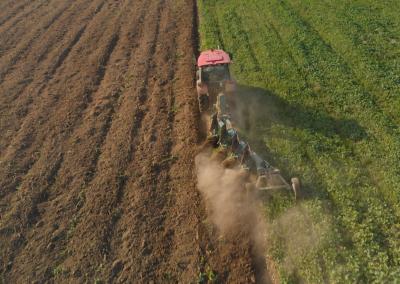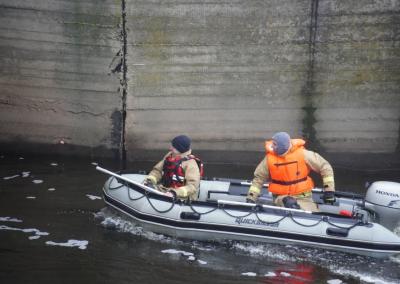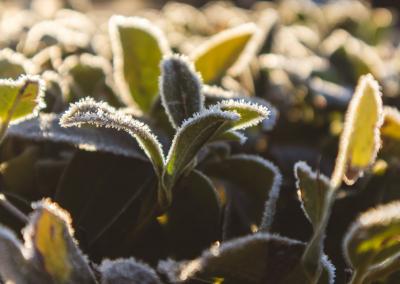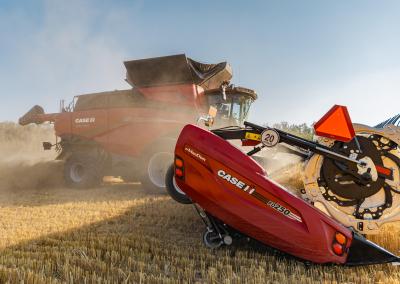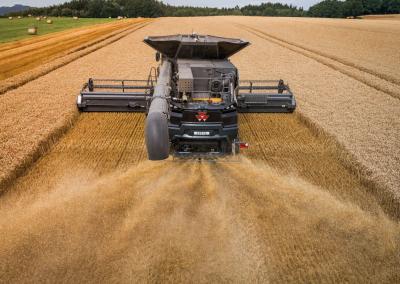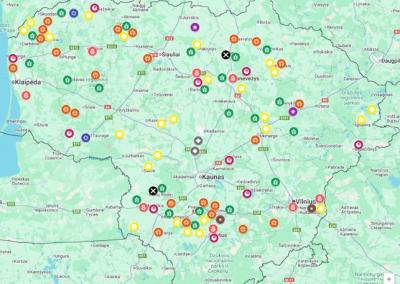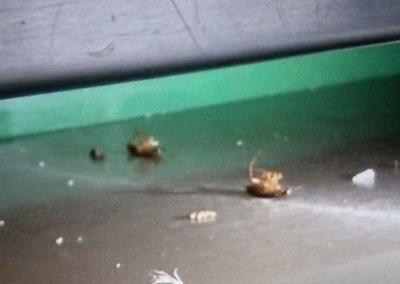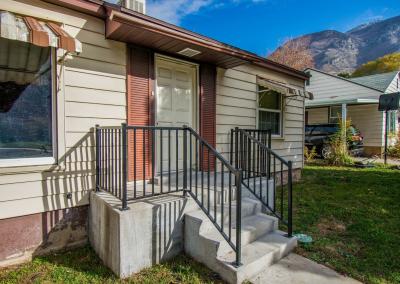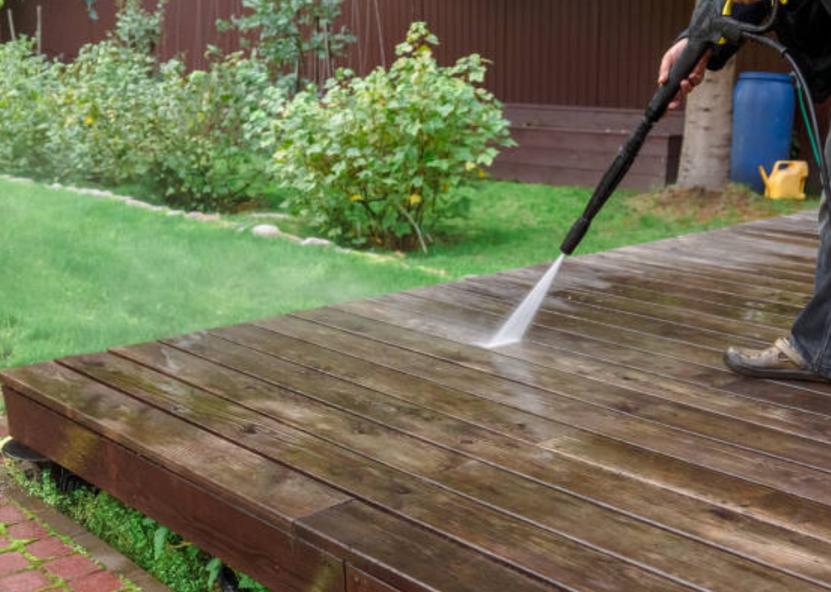Terrace surface renovation and maintenance
Sooner or later, the surface of a terrace surface requires restoration. This is not surprising, as wooden planks tend to dry out, can be affected by mould, fungus and insects, which are always abundant in natural conditions. But there is nothing more pleasant than walking barefoot through a warm and living tree. To ensure its longevity and to prevent foot danger, a terrace needs regular cleaning and polishing.
Washing and cleaning the terrace
Sanding and polishing wood starts with thorough cleaning and washing. Chemical bleach does not always work, especially if the boards have already dried out and the surface has deep cracks. To clean a wooden terrace perfectly before re-sanding and polishing, it is a good idea to use a high-pressure washer.
A high pressure washer is a simple machine that cleans very well using only water. However, it can damage the terrace surface if used incorrectly. A pressure washer is powerful enough to clean even old masonry. If you use the spray nozzle at too high a pressure, or hold the nozzle too close to the surface of the surface, you can deeply damage the wood and cause splinters.
It is best to use the lowest effective pressure possible. For example, soft woods (pine) should have a pressure of 35-40 bar, while harder woods can withstand higher cleaning pressures, but not more than 70 bar.A fan-shaped cleaning nozzle with a width of 40° to 60° will be most suitable. A rotating nozzle will also be suitable if used with care.
The cleaning process itself is simple - pull the trigger by holding the tip of the wand 50-70 cm from the surface of the terrace, then lower the wand closer to the surface if necessary. Try not to get closer than 30 cm, otherwise there is a high risk of damaging the wood.
Wash the terrace in a wide sweeping motion, moving along the boards away from the house. Spray the water parallel to the boards of the terrace and slightly overlap each area. The aim is an even cleaning.
Sanitising the terrace
If the terrace wood is very darkened or mouldy, it can be lightened and disinfected with an antiseptic solution containing sodium hydroxide. The solution shall be prepared according to the manufacturer's recommendations and the cladding boards shall then be treated with the solution from the sprayer. After disinfection, it is a good idea to rinse with clean water.
If the terrace has been painted before, the old paint layer should be removed before disinfection. Reagents are usually applied with a brush or roller to remove them. After the reaction, the paint peels off and can then be removed with a trowel.
Paint strippers and disinfectants tend to roughen the wood fibres, so the next step is to sand the decking completely before re-painting or polishing the boards.
Sanding the decking
Proper mechanical cleaning of wooden floors will not cause damage to the wood, etching or erosion of the plank fibres. However, when the wood gets wet, the fibres may rise and form a rough rough surface. These properties of the wood can cause problems in the railing area where the raised fibres can cause splintering. In such cases, sanding is required.
If you have done the pressure washing job correctly without damaging the wood and you just want to smooth the surface, use spot “zonal" sanding in the aisles. But if you are going to sand or re-paint the whole surface of the terrace, you will have to sand everything. The surface will then be completely smooth and the boards will be virtually crack-free.
It's important to know that sanding also opens up the pores of the wood, so that it continuously absorbs sealants or varnishes and stains. Make sure the wood is dry before sanding.
Do not use very fine sandpaper when sanding, as this can clog the pores of the wood and prevent the stain or sealer from being absorbed quickly. For handrails, use a minimum of 100 grit sandpaper. For the patio cover itself, use 60–80 grit sandpaper.
The best sander for wooden terraces is an eccentric sander (with a 25 cm diameter working surface). After sanding, vacuum all surfaces thoroughly to remove wood dust.

